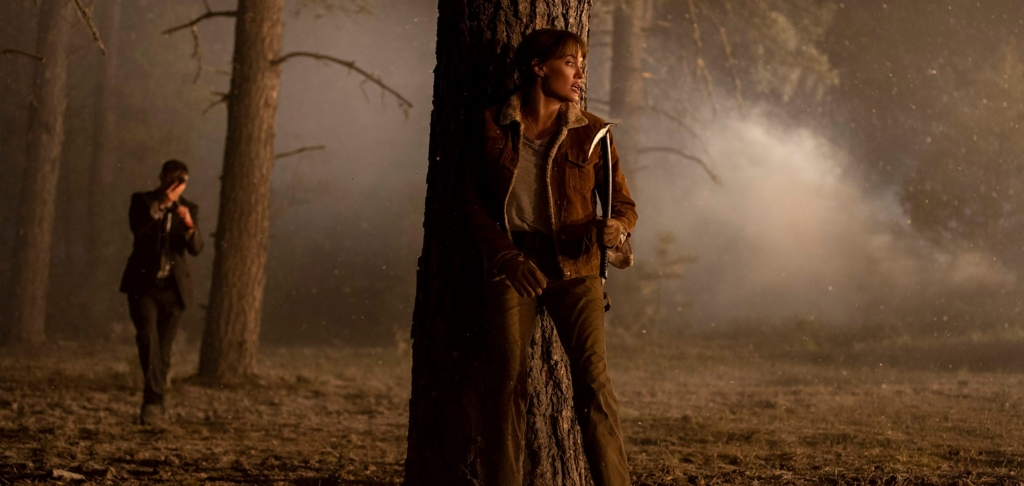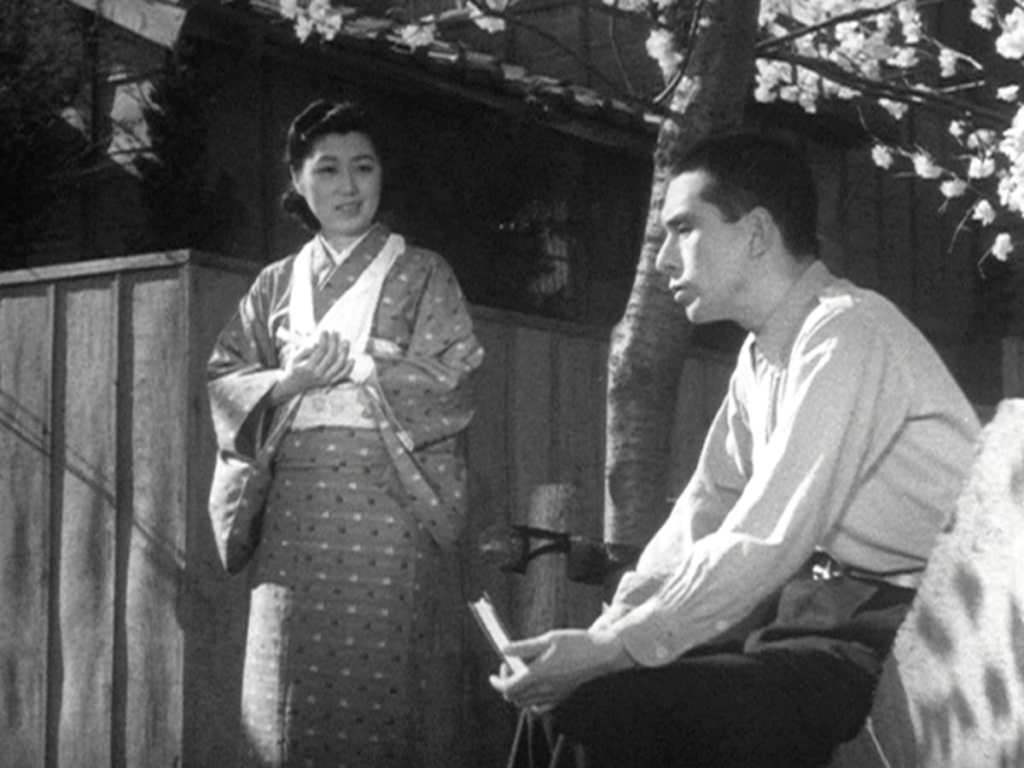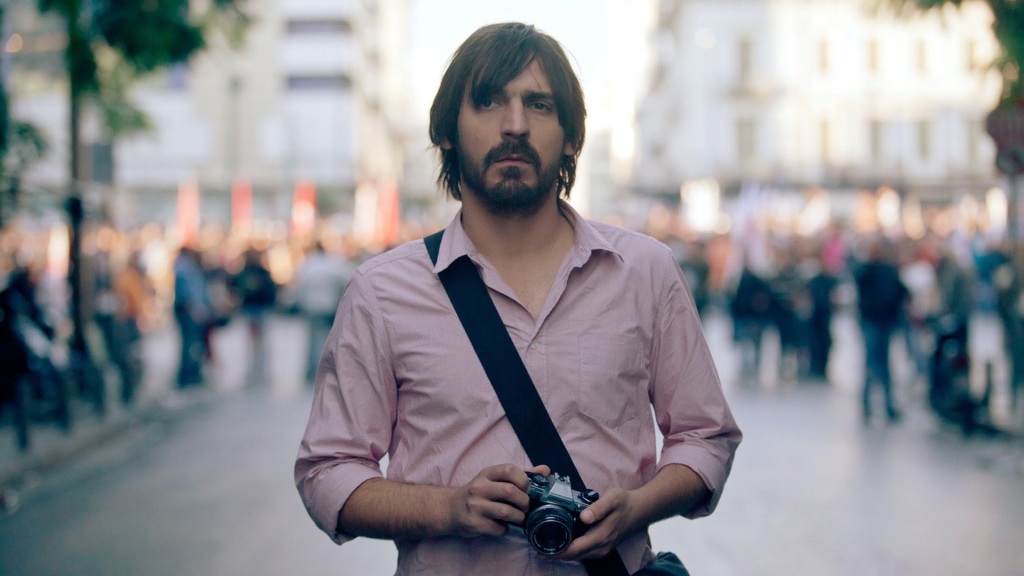A stranger rides into town, setting off a world of trouble. It is as good a one-sentence summary of the western as I can manage, and while there are plenty of exceptions it is remarkable just how many films fit the formula. John Sturges’ Bad Day at Black Rock certainly does. A one-armed stranger named Macreedy (Spencer Tracy) steps off the train at the isolated Californian town of Black Rock and is immediately met with confusion, suspicion, and growing hostility. It is the first time the train has stopped there in four years, and when Macreedy starts asking questions about a farmer named Komoko, the hostility towards him grows actively menacing. There is a gang dominating the town, flagrantly breaking the law in front of its weak-willed sheriff, and ultimately Macreedy must be the ‘one good man’ that stands up for what is right and decent.
The big difference in Black Rock that separates it from other 1955 westerns is that while it is set in the west, it isn’t set in the old west. The film is set in late 1945, and the war from which America is recovering isn’t the Civil War but rather World War II. All of the tropes and standard conventions of the western are evident, but it is as good as set in the present day. Welcome to the neo-western.
It is worth remembering that even at the dawn of motion pictures, the western was a popular genre. The first film western was arguably Mitchell and Kenyon’s 1899 British short Kidnapped by Indians, followed four years later by the groundbreaking The Great Train Robbery (Edwin S. Porter, 1903). By the end of the 1920s, the genre was arguably getting a little stale. While John Ford’s Stagecoach would invigorate and revolutionise the traditional western in 1939, other western productions started moving their action into the 20th century for reasons of both innovation and budget savings. After all, why drive all the way out of Los Angeles to recreate the 19th century when you could simply have cowboys fight bank robbers on the street outside? These contemporary westerns were not critically favoured, and were usually pretty cheap affairs – often starring Gene Autry or Roy Rogers. It was in the 1950s that artful, considered “neo-westerns” started to appear in cinemas, beginning with such films as Nicholas Ray’s The Lusty Men (1952) and, of course, John Sturges’ Bad Day at Black Rock.
The first thing that really impresses on the viewer of Black Rock is the unsettling level of menace. Macreedy is not welcome, and his questions about the mysterious Komoko even less so, and he is soon left with no means of leaving town and a group of farmers that have made it patently clear they will kill him after sundown. There is not much violence for the most part, but the threat of violence is palpable.
The second thing to notice is the cast. Spencer Tracy plays Macreedy: the film is based on the novella “Bad Time at Honda” by Howard Breslin, and that presented him as a man in his 30s. Tracy was 55. His maturity makes Macreedy a strange, unexpected sort of character, and his quiet wry charm makes him a stunning protagonist. As the villainous Reno Smith, Robert Ryan underplays things to great effect. His gang includes up-and-comers Ernest Borgnine and Lee Marvin, both of whom would go on to great fame – and both of whom make a strong impact.
It is a peculiarly empty town – we really only see maybe three people outside of Smith’s posse, and only one of those is a woman: Anne Francis as mechanic Liz Wirth. She’s good, but she is also vastly outnumbered. There is a sense that she could have been given a lot more to do.
Sturges and cinematographer William C. Mellor shoot the film in CinemaScope. The vast, widescreen imagery has the effect of making the surrounding desert look massive, and Macreedy look insignificant and powerless. It is a technique they use to great effect.
Black Rock is gripping, dramatic, and brilliantly effective. What is more, it showcases the western formula separate from its wild west origins. It ably demonstrates there is more to the genre that might first appear. John Sturges directed plenty of excellent films, including The Magnificent Seven (1960), The Great Escape (1963), and Gunfight at the OK Corral (1957). There’s a strong argument that Bad Day at Black Rock – nominated for both a Best Director Oscar and the Palme d’Or – is the best thing Sturges ever made.





Leave a comment